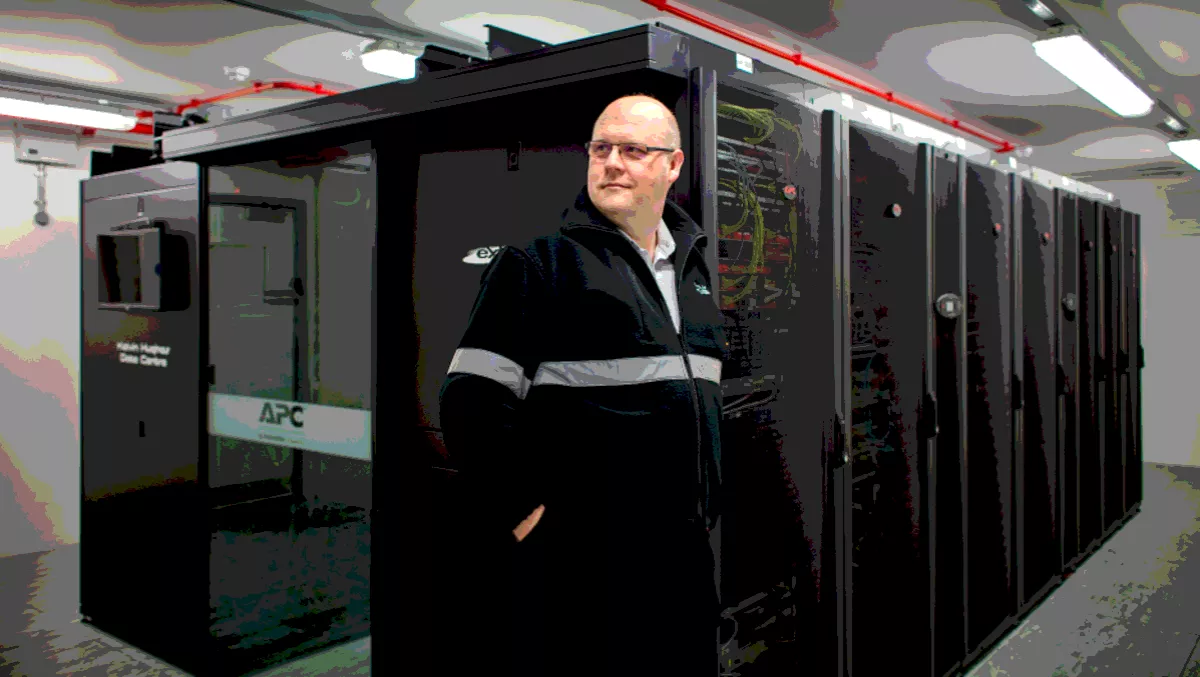
Data Centers are the lifeblood of almost all modern businesses today.
This is true for Kelvin Hughes, a developer and manufacturer of navigational and radar systems for civil and military applications. The company is based in Essex, where its corporate data center has been located for the past five years.
Kelvin Hughes infrastructure services manager Ian Mowbray says the data center and its IT equipment host all the company's critical applications, including its ERP system, development servers and data storage systems.
As a Ministry of Defence (MOD) subcontractor, the company has a vital requirement for both physical and cyber security, strict access control, business continuity and disaster recovery.
“If the data center fails, the company essentially stops trading,” says Mowbray.
“Reliability, both in terms of the data center hardware, the IT equipment and the services supplied by Kelvin Hughes is an issue on which the company cannot afford to compromise.
The company's original data center was designed and built with the help of Schneider Electric, comprising of 12 racks containing a mixture of physical and virtual servers and data storage arrays. However, only eight of the racks are in use today by Kelvin Hughes, with the additional four populated by another company which is collocated on the business premises.
Currently, Mowbray's team is made up of six people who are responsible not just for the IT equipment and helpdesk, but also for the entire building management including environmental control, access control and maintaining the water supply for the data center cooling equipment.
In recent months, Kelvin Hughes has deployed Schneider Electric's StruxureOn service, to help maintain its data center operations whilst providing remote management and monitoring.
“Schneider Electric's InfraStruxure with Hot Aisle Containment Solution (HACS) has greatly helped the efficiency and effectiveness of our data center cooling system,” says Mowbray.
“A number of the servers have been virtualised making the requirement for physical servers unpredictable. The HACS enables a high density load and the flexibility to reliably accommodate, power and cool an additional number of IT devices.
Mowbray says the company used to have a monitoring server in the computer room which looked after all of the infrastructure and sent email alerts if anything was amiss.
“But during a recent routine upgrade of the batteries in our UPS systems, we learned about StruxureOn and that we could deploy it as part of our existing maintenance agreement with Schneider Electric,” Mowbray says.
“Anything that provides additional insights and proactive monitoring or management of our facilities is of great interest because we're a small team and it's essential to know what's happening in the data center on a daily basis.

According to Mowbray, StruxureOn enables his team to view and control all their equipment from a single console. This means alerts to any issues can be sent directly to a duty manager via the mobile phone application, allowing the team to monitor the computer room remotely on weekends.
“The app also makes it much easier to communicate with Schneider Electric in cases where external support is required. As a customer, we can log a support call directly into the maintenance team via the app, meaning that we don't need to phone the helpdesk any more,” Mowbray says.
“We have previously encountered cases where a power supply has malfunctioned over a weekend, we've logged a call and the Schneider engineer has been on site first thing Monday morning with a replacement part.
Resiliency is a key component of the company's data center and as such they have a lot of redundancy built into the UPS infrastructure.
“Due to the fact that we're running at around 50 percent of total capacity, we can get about two and a quarter hours autonomy time from the batteries at our current load,” Mowbray says.
“In addition, we can continue to run the water pumps and In-Row cooling units, because we have a 4000 litre water buffer located outside, which gives us substantial cooling redundancy to continue to cool the room even if we experience a power loss.
The company is currently using Schneider Electric's PowerChute software that selectively shuts down various servers in the case of a prolonged power outage, effectively increasing the autonomy time of the batteries.
“We can actually squeeze about three and a half hours out of the batteries before everything stops. In reality, mains power would typically be restored long before then. The longest power cut we have had in five years only lasted for 20 minutes,” says Mowbray.
Mowbray says his role has certainly been made a lot easier with the help of Schneider Electric.
“The StruxureOn monitoring service has enabled us to extend our virtual team at literally no extra cost. “In order to deliver detailed insights and reporting at a similar level we'd need a far bigger team in place to monitor the facility 24/7,” says Mowbray.
“From the point of view of engineering, product maintenance and lifecycle support, Schneider Electric continue to provide an excellent service to Kelvin Hughes. Any time we've had an issue with a piece of infrastructure equipment, they've always sent a replacement with an engineer in a timely manner, I cannot fault their service team.